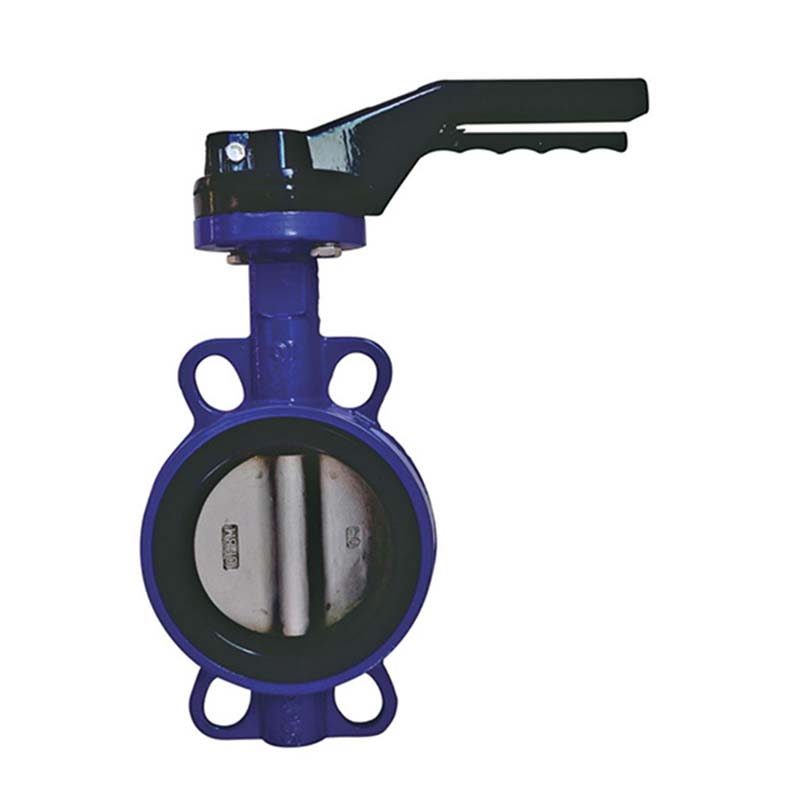Nov . 10, 2024 06:27 Back to list
Sewage Air Release Valve for Efficient Wastewater Management and Ventilation Solutions
Understanding Sewage Air Release Valves Importance and Functionality
Sewage systems serve critical roles in urban infrastructure by managing wastewater efficiently. An essential component of these systems is the sewage air release valve (ARV). Though seemingly insignificant, these valves play a pivotal role in maintaining the operational efficiency and longevity of sewage pipes.
What is a Sewage Air Release Valve?
A sewage air release valve is a specialized valve designed to release trapped air from sewage systems. Trapped air in sewer lines can lead to numerous issues, including pressure build-up, reduced flow capacity, and sewage backups. The ARV helps to vent this air while preventing the escape of sewage, thus maintaining the integrity of the system and ensuring smooth operation.
How Does an Air Release Valve Work?
The functionality of a sewage air release valve is relatively straightforward. When wastewater flows through the sewer pipe, it displaces the air within the pipe. At certain points in the system, especially in elevated areas or at bends, air can become trapped, leading to potential problems. The air release valve is strategically placed at these points to allow the trapped air to escape.
When the internal pressure of the sewage line increases due to trapped air, the valve opens automatically, releasing the air. Once the air is vented, and the pressure normalizes, the valve closes, preventing any sewage from escaping. This automatic operation is crucial for ensuring that the sewage system runs effectively without manual intervention.
Importance of Air Release Valves in Sewage Systems
1. Preventing Pressure Build-Up Trapped air can cause significant pressure issues in sewage systems. By releasing air, ARVs help to prevent potential ruptures or failures in the piping infrastructure.
sewage air release valve

2. Ensuring Efficient Flow Air pockets can disrupt the flow of sewage, leading to blockages and overflows. By facilitating the smooth movement of sewage through the pipes, air release valves contribute to the overall efficiency of wastewater management.
3. Reducing Odors When air is trapped, it can lead to odor problems that permeate the surrounding environment. By expelling the air, ARVs help to mitigate unpleasant smells associated with stagnant sewage.
4. Minimizing Maintenance Costs Regular backup issues due to trapped air can lead to costly repairs and maintenance. Properly functioning air release valves can reduce the frequency of these emergencies, ultimately saving municipalities money.
Installation and Maintenance Considerations
The effectiveness of sewage air release valves depends significantly on correct installation and regular maintenance. They should be positioned at high points and where air accumulates in the sewage lines. Furthermore, routine checks are necessary to ensure that the valves are operational and free from blockages caused by debris or sedimentation.
Municipalities and property owners should prioritize the inclusion of properly sized and strategically placed air release valves in their sewage systems. New technologies, such as self-cleaning mechanisms and advanced materials, can enhance the performance and reliability of these valves, reducing the need for frequent maintenance.
Conclusion
In conclusion, sewage air release valves may be small components within a vast sewage system, but their impact is substantial. By effectively managing air within the pipes, these valves play a crucial role in ensuring efficient wastewater management. Recognizing their importance and ensuring their proper installation and maintenance can significantly enhance the performance and reliability of sewage systems, ultimately benefiting urban infrastructure and public health.
Share
-
Reliable Wafer Type Butterfly Valves for Every IndustryNewsJul.25,2025
-
Reliable Flow Control Begins with the Right Ball Check ValveNewsJul.25,2025
-
Precision Flow Control Starts with Quality ValvesNewsJul.25,2025
-
Industrial Flow Control ReliabilityNewsJul.25,2025
-
Engineered for Efficiency Gate Valves That Power Industrial PerformanceNewsJul.25,2025
-
Empowering Infrastructure Through Quality ManufacturingNewsJul.25,2025